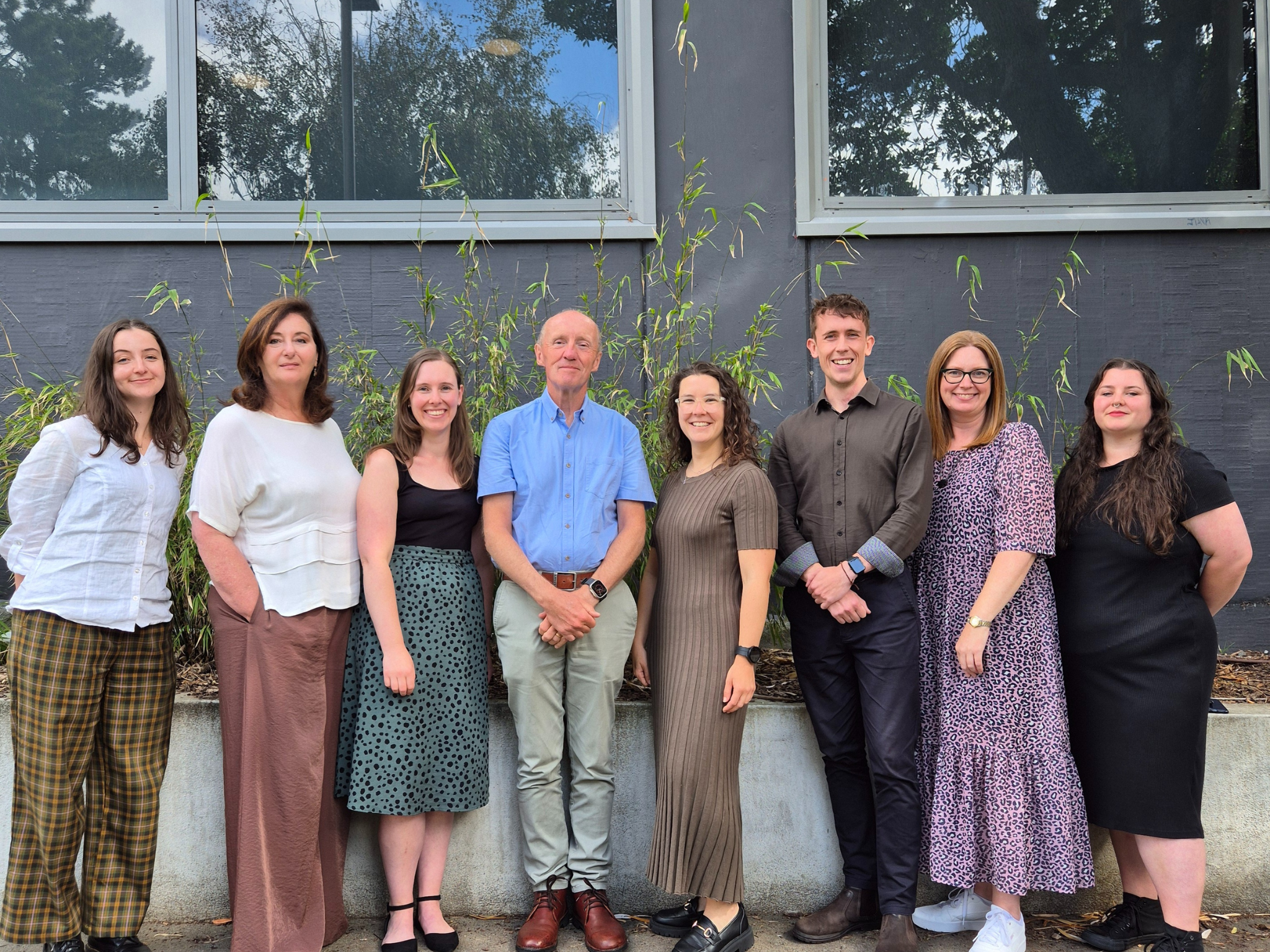
We know that getting enough sleep is important for our physical and mental health. But getting enough shut-eye is also crucial to your eye health and promoting clear and comfortable vision. It is especially important for anyone who suffers from dry eye.
How much sleep do we need?
Health experts recommend adults get 7 to 9 hours of sleep each night. After the age of 65, we don’t need quite as much sleep, but it is still recommended to get 7 to 8 hours.
In general, it seems Kiwis are some of the best sleepers in the world! But there could well be as many as 40% of adults in New Zealand getting less than 6 hours per night.
What happens to your eyes with lack of sleep?
If you aren’t getting enough sleep, or the quality of your sleep is poor you may experience these eye-related symptoms;
- Blurry vision
- Bloodshot or red eyes
- Swollen eyes or eye lids
- Sensitivity to light
- Eye spasms, also called eye twitches (myokymia)
- Dryness and irritation
- Moderate pain
If your poor sleep continues for an extended period of time it could contribute to;
- Chronic dry eye
- Eye Fatigue
- Increased risk of eye infections
- And if your sleep deprivation is due to Obstructive Sleep Apnoea, it can significantly increase your risk of glaucoma and ischaemic optic neuropathy.
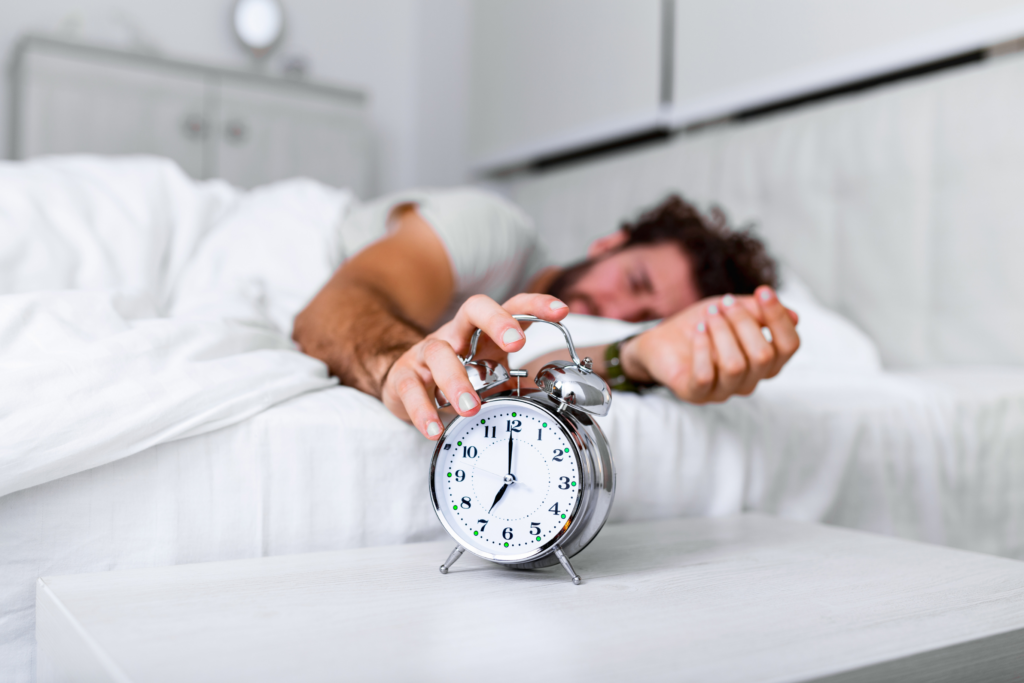
What happens when we sleep?
When we sleep the majority of our body’s systems relax and rest. Most of our muscles stop moving, allowing them to repair any damage. This includes the muscles that control our eye movements, our focusing and the eyelid muscles that help stimulate the production of tears and spread them over our eyes.
Our sensory systems (sight, hearing, taste and touch etc) dramatically reduce how much information they perceive and collect while we are asleep. This gives our brain time to process what we’ve experienced throughout the day. A catch-up period you might call it!
Sleep is also restorative for our immune system, allowing us to fight infections more appropriately.
What are the stages of sleep?
Studies of brain activity during sleep have shown there are four distinct patterns of activity. Each pattern of activity represents a different stage of sleep. The fourth sleep stage involves rapid movements of the eyes and is referred to as REM (rapid eye movement) sleep. The other three stages show minimal eye movement.
During a complete night’s sleep, people will cycle through these four stages a few times.
What happens to our eyes when we sleep?
In the first stage of sleep, when we are starting to drop off or dozing, our eyes roll slowly and our eyelids will open and close. Once we get to stages 2 and 3 of sleep, our eyes are still.
Stage 4, or REM sleep, is when our eyes become very active. Even though our eyes are closed, they will move quickly behind the closed eyelids. During this stage, our eyes can still perceive changes in light in the room and our brains become highly active.
What is REM sleep?
REM sleep is the fourth stage of sleep. During this stage, our muscles become temporarily paralysed, except those muscles required for breathing and our eye muscles. During this sleep stage our eye muscles allow for very fast eye movements.
You are more likely to have dreams during the REM sleep cycle, and those dreams are likely to be more vivid than ones you have during other sleep stages.
You don’t typically reach the REM stage till you have been asleep for about 90 minutes. The first time you reach this stage you might only be there for a few minutes. If you return to a REM sleep stage later on during your sleep, you are likely to be in that stage for longer, up to an hour. Most adults spend around 25% of their sleep in the REM stage.
If you manage less than 7 hours of sleep a night, you might only reach the REM stage once during your sleep. It is only people who rest around 8 hours that reach the REM stage more than once.
Why do our eyes move during REM sleep?
There is a theory that the eye movements during REM sleep are associated with whatever we are currently dreaming about. So if we were dreaming about reading a book, our eye movements would mimic the movements we make when reading. This theory is supported by studying people who also move their bodies during REM. Not many people do this, but those who do, their eye moments do indeed follow the action that their bodies are acting out.
However, this theory doesn’t seem likely when we learn that people born without sight still experience the rapid eye movements of REM sleep. At times during REM sleep the eyes move in different directions to each other, which is not an eye movement that occurs when we are awake.
Another theory is that the movements are designed to tone our eye muscles, like a private after-hours gym session, just for your eyes!
For more about these fascinating theories check out this research.
For more information about sleep and the various stages, check out the table below. This table and other fascinating information can be found in this great article by the Sleep Foundation.
| Sleep Stages | Type of Sleep | Other Names | Normal Length |
| Stage 1 | NREM | N1 | 1-5 minutes |
| Stage 2 | NREM | N2 | 10-60 minutes |
| Stage 3 | NREM | N3, Slow-Wave Sleep (SWS), Delta Sleep, Deep Sleep | 20-40 minutes |
| Stage 4 | REM | REM Sleep | 10-60 minutes |
How does REM sleep help our eyes?
During REM sleep, the friction between the moving eyes and the eyelids allows the sloughing off of old cells and proteins. This makes way for fresher cells, which form a smoother outer surface for the eye. Think of it like giving your eyeballs a good polish! Smooth surfaces are optically easier to look through and provide a better layer of defence from passing infections.
It is also thought that the movement of the eyes during REM sleep increases the secretion of tears. During other stages of sleep there is no tear production. The movement also helps smooth the tears over the ocular surfaces, allowing better lubrication of the entire eye.
What changes occur in sleep deprived eyes?
According to a 2018 study of sleep-deprived mice, tear secretion dropped to 50% of normal levels after only 2 days of sleep deprivation, and it stayed low for all 10 days of sleep deprivation. The tear function did not return to normal until the mice had experienced 14 days of normal sleep.
Along with a drop in tear secretion, the cells of the cornea changed shape, becoming distorted, dying and sloughing off the surface of the eye without being replaced. This creates a rough, swollen corneal surface that is dry and no longer transparent. In humans, these changes are consistent with dry eye disease and a reduction in vision and comfort.
Why do my eyes feel drier at night and on waking?
After using them all day, your eyes are naturally drier. But, there are other causes for this diurnal pattern to your dry eyes.
As bedtime nears our body’s metabolism slows and our body temperature drops by 1-2 degrees. As this slowing down occurs, so does the circulation of blood, oxygen and nutrients to our eyes, so fewer tears are produced. Tears are also produced in response to blinking, cold air on our eyes, irritation to the surface of our eyes and many other external stimuli. Stimuli that are absent or reduced when we sleep. So fewer tears are produced, and we get a drier eye.
For more information on the importance of tears and blinking, check out our blog on watery eyes.
Another condition that contributes to dry eyes at night and on waking is Nocturnal Lagophthalmos (NL), when the eyelids do not completely close during sleep. If the eyelids don’t completely close the layer of tears becomes disrupted causing dry eye symptoms and at times dry eye disease. NL occurs in 5-50% of the population and is more likely in women and people of Hispanic or Asian heritage. NL often occurs in the presence of nerve damage to the face or eyelids. This can occur in facial or neurological surgery and in trauma and head injuries.
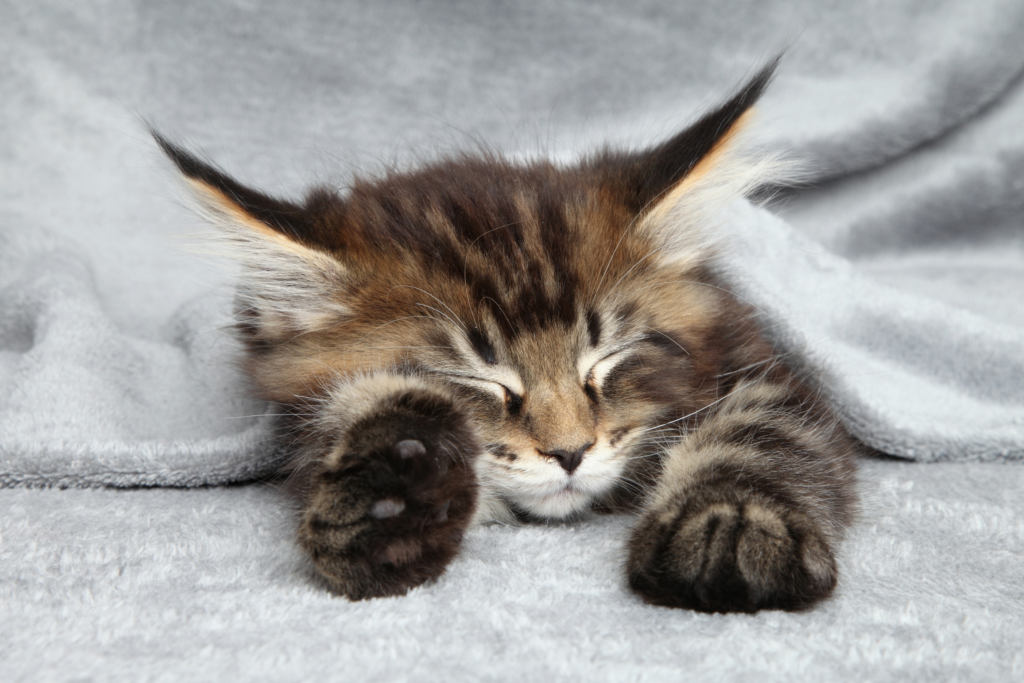
Random Facts about sleep
- REM sleep stage only occurs in mammals and birds. Not reptiles or fish.
- During REM sleep your eyes are not always moving in the same direction, they could be pointing in different directions.
- Two-thirds of a cat’s life is spent sleeping
- During REM sleep the eyes can move up to 1000 degrees per second.
- The sensation of falling or tripping over something when half asleep, which then jerks you awake is called a ‘hypnic jerk’. They aren’t a health issue, but they are more likely to happen when you are younger and if you have been anxious, caffeinated or physically active just before bed.
- While the eye is not processing any visual information, it can still sense light and the visual cortex in the brain is active, perhaps because of the dreams it is processing.
- Blue light from the sun and from electronics (such as your TV or phone) supresses the release of the hormone melatonin. During the day this is helpful, but in the few hours before bed, the blue light ends up supressing melatonin which we need to ease us to sleep. For more about the effects of blue light on our eyes, check out this article.
So if you are having trouble with your eyes, ignore the saying “I’ll sleep when I’m dead”, take the time to work on improving the quality and quantity of your sleep. It may very well do more than just improve your eyes!
If you have any questions get in touch, we’d love to help!
If you’d like to learn about laser eye surgery then check out our other blogs about LASIK or SMILE surgeries. You can also book a free assessment or call us on 0800 733 327 for more information.
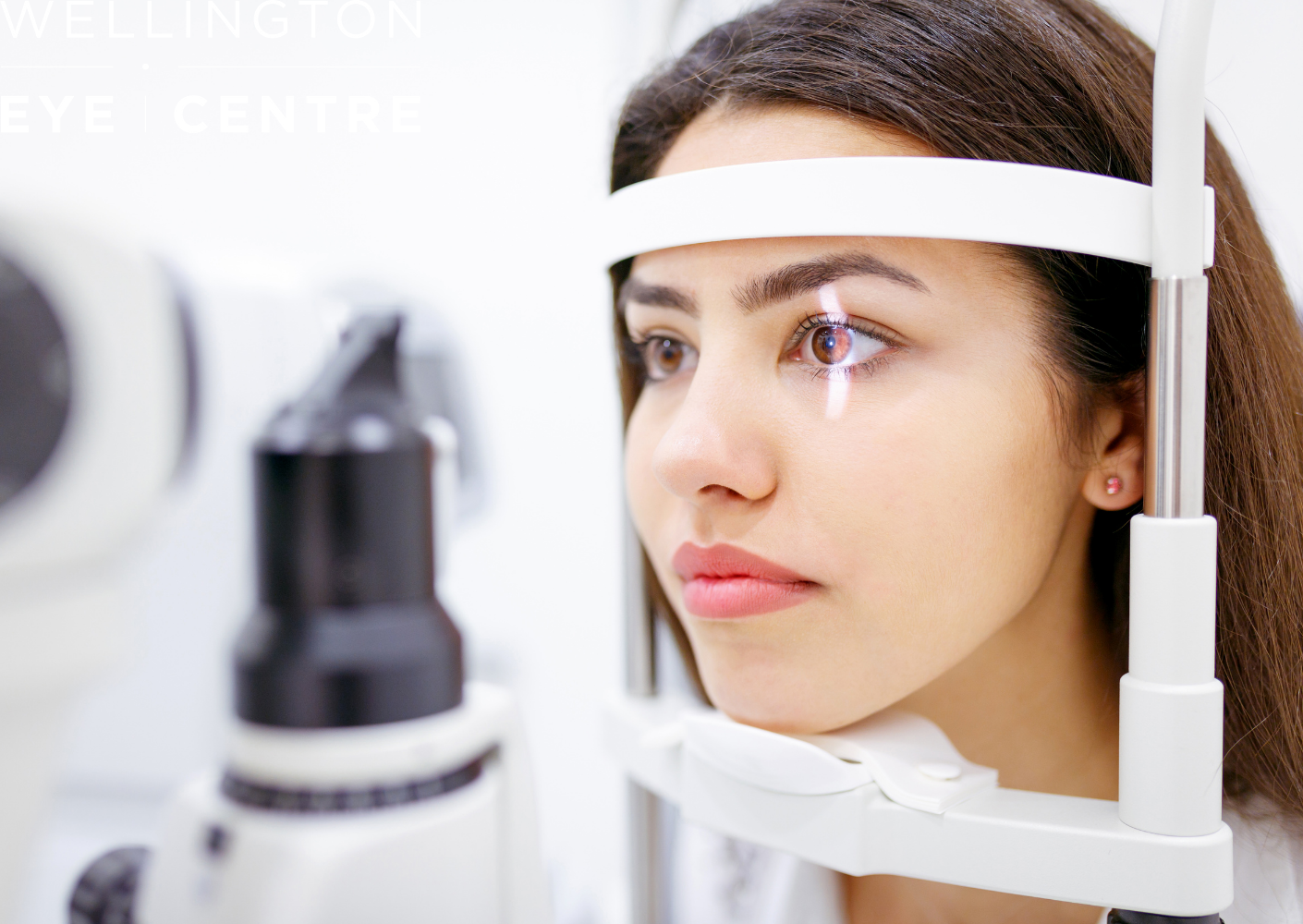
What to expect during your Laser Suitability Medical Assessment at Wellington Eye Centre
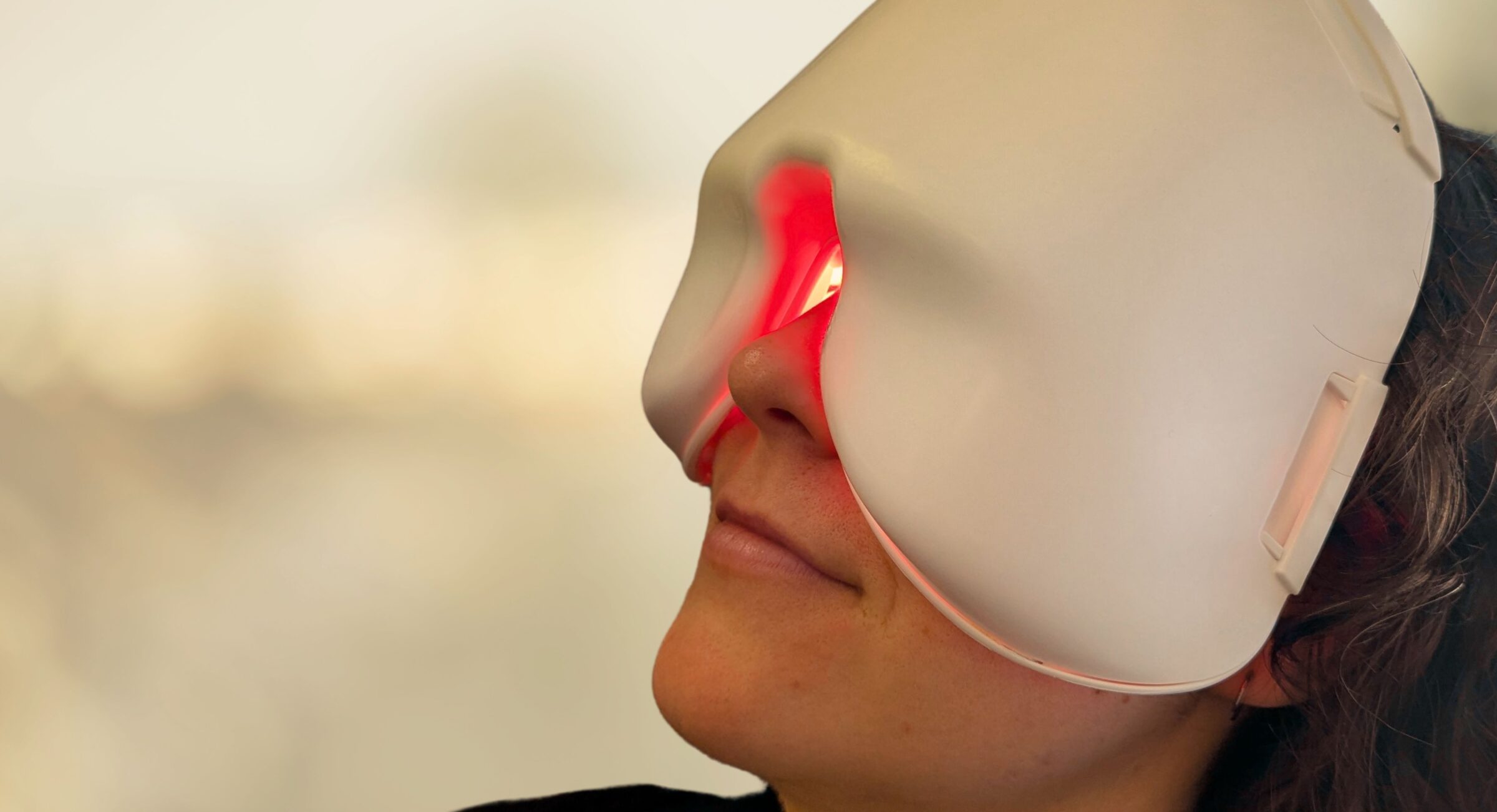
Low-Level Light Therapy for Dry Eyes

Common Medications Used in Laser Eye Surgery
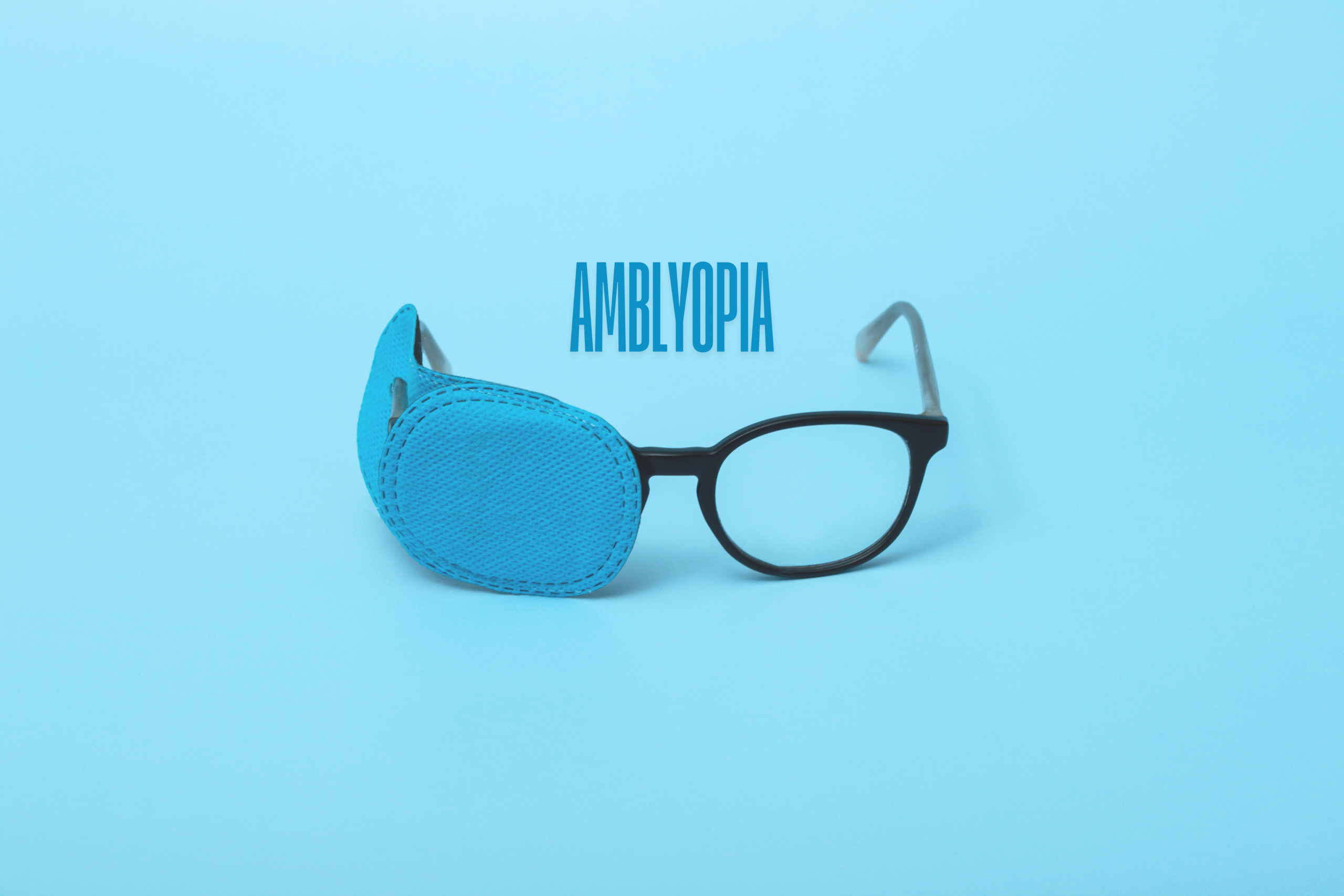
Amblyopia and Laser Eye Surgery
